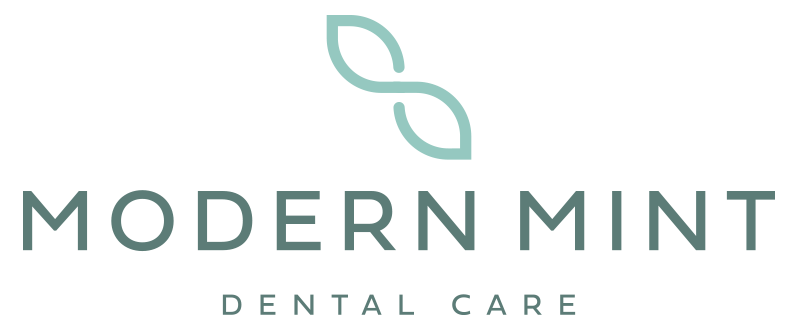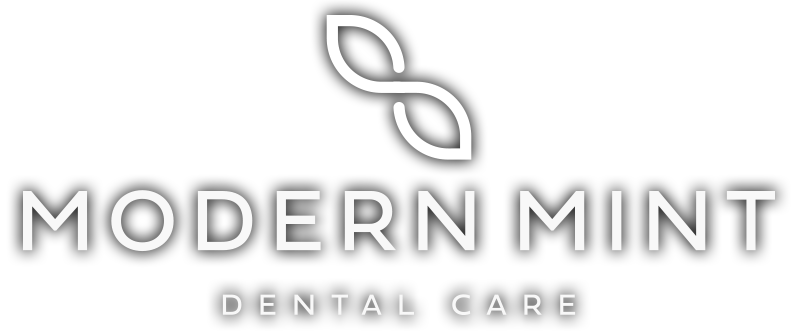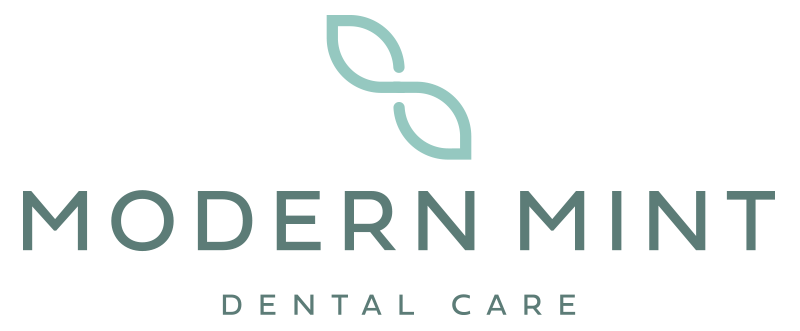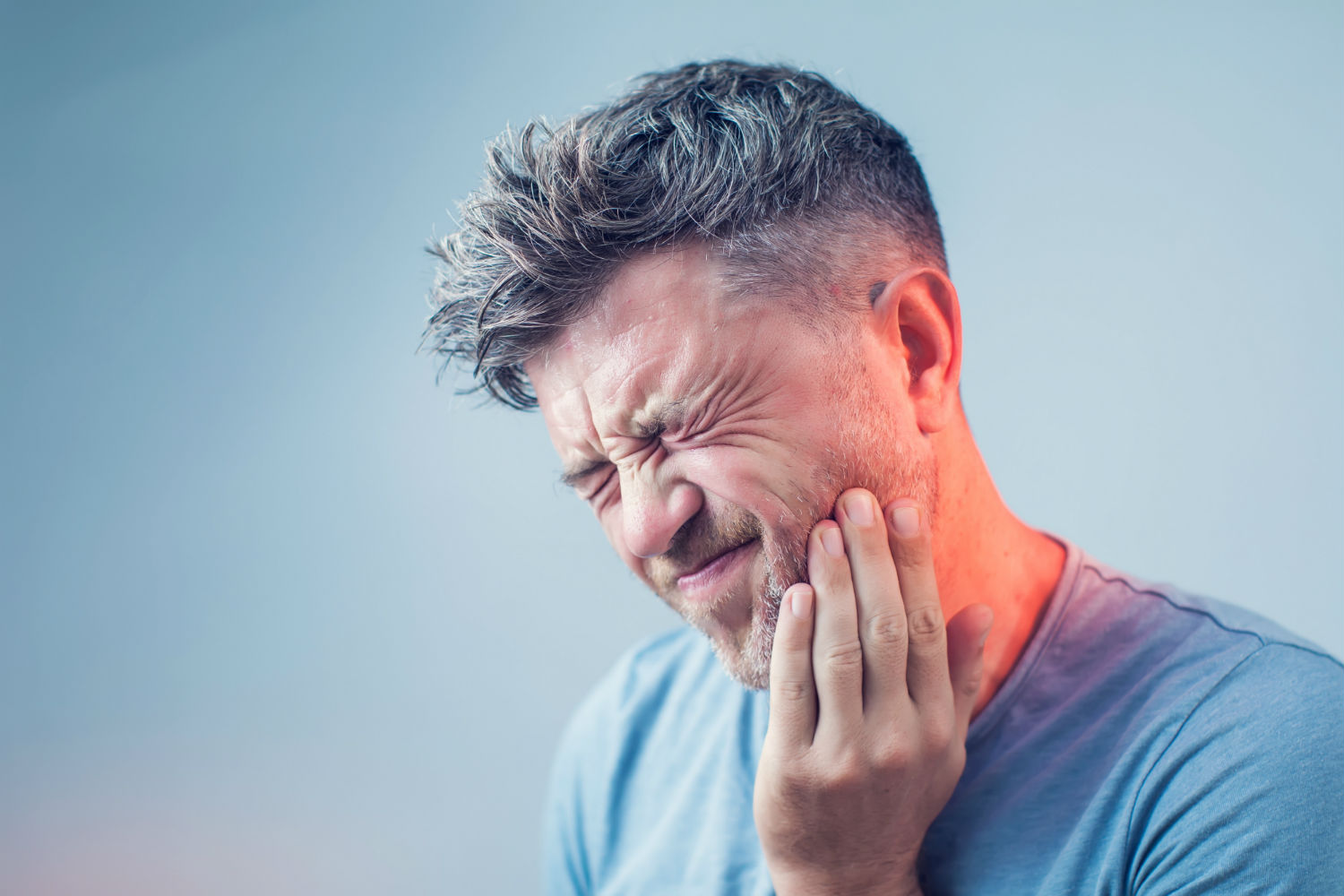No one ever wants to experience dental pain or discomfort but sometimes, you may experience an emergency dental situation. But what exactly do you do in a dental emergency? Keep reading to find out!
DISCLAIMER: If you are experiencing facial or neck swelling that is inhibiting your ability to breathe, you should immediately visit the emergency room or call 911 if the situation is rapidly deteriorating. Emergency rooms are equipped with tools and medications to quickly address a true medical emergency. Do not hesitate in this situation.
Step 1: Is this an emergency?
What constitutes a dental emergency?
Trauma to a tooth or your jaw, pain, and/or swelling are the most common symptoms of a dental emergency. It is not uncommon to experience pain or mild swelling following a dental procedure, but if the pain and swelling are increasing in severity either after a dental procedure or out of the blue, you should call your dentist.
If you’ve experienced trauma that has affected your mouth (such as getting a tooth knocked out), or if you experience immediate pain when chewing (did you accidentally bite down on a popcorn kernel?), you should call your dentist!
If you have mild pain or swelling, it could be a sign of an infection. A course of antibiotics may need to be prescribed and it is important to get on a correct dosage to give time for the medication to become active. This step is necessary before any further treatment can be performed.
If your crown or filling has come loose, it isn’t necessarily an emergency, although calling your dentist right away will give him or her the information needed to determine when it’s best to see you.
The moral of the story is: if you experience any abnormalities with your teeth or mouth, call your dentist! If the dentist’s office is closed, and there is no after-hours line available, there are many emergency clinics that can offer immediate solutions.
STEP 2: What do I do now?
WHAT TO DO
Once you’ve called your dentist or are waiting to be seen, you can do a few things to keep the symptoms under control.
- If you are experiencing swelling, it can be helpful to apply a cold compress to the outside of the face for 15 minutes followed by a warm compress to the outside of the face for 15 minutes. Alternating between temperatures can help to soothe the pain and reduce the swelling activity. Be careful with hot and cold temperatures and always ensure that ice packs and warm compresses are wrapped in a towel.
- Any lesions or surgical sites can be rinsed gently with water to cleanse out bleeding. Be careful not to forcefully apply a stream of water, gurgle, or use a straw to intake water. A piece of sterile gauze can also be applied with light pressure to alleviate light bleeding.
If you have a toothache, it’s a good idea to start with an over-the-counter painkiller such as acetaminophen (Tylenol) or ibuprofen (Advil), which may help reduce swelling and pain. Make sure you record the dosage and frequency so that your dentist knows what medications you’ve taken.
WHAT NOT TO DO
It can be tempting to address your pain or swelling by using home remedies. It is best to call your dentist before you do anything!
- Do not panic! Even though dental pain is extremely uncomfortable, your dentist is highly skilled and trained at getting you out of pain.
- If your tooth has been displaced, don’t try to move it yourself — this could cause more damage!
- Don’t put anything such as food or toothpaste into your mouth. We want to avoid the risk of introducing bacteria and infection to the site
- Don’t try to glue anything back together yourself. If your crown or filling has come loose, trying to fix it yourself will only lead to further damage. Dental-specific adhesives must be used inside of your mouth.
What if I’ve knocked out my tooth?
You saved the day by catching that pop-fly – but it missed your glove and now your tooth is knocked out. It is possible for a tooth that has been knocked out to be put back in place, but do not try to do this yourself. The most common mistake people make is pushing the tooth back into its socket. Especially if a piece of the root appears to be missing, don’t try to force it back in or touch it with your fingers.
If possible, keep the displaced tooth upright and protected until you reach your dentist. It is also important to make sure bacteria and food debris do not enter the cavity by means of the tongue. The easiest way to do this is by placing a clean cloth underneath your tongue and holding the edges of the cloth to pull the tongue away from the open cavity.
If teeth are knocked out, handle them by the top, not the roots. If you touch the roots and try to put a tooth back into place, you run the risk of further damaging it, introducing bacteria to the bloodstream, and making it more difficult for your dentist to reinsert.
If you are able to, carefully pick up your tooth with a clean cloth or paper towel and put it in milk (the best choice) or saliva to keep it moist until you can get to a dentist. If you don’t have milk or saliva handy, water will suffice until it can be placed back into its rightful home: your mouth.
Step 3: How can I avoid a dental emergency?
Some dental emergencies and painful situations are unfortunately part of life – accidents happen and infections can dwell underneath the surface for long periods of time before emerging. However, preventative care and routine maintenance are the best ways to avoid seeing your dentist on Christmas Day, Fourth of July, and every other holiday (which seem to be the most common times for dental emergencies to happen).
Getting that root canal done when your dentist recommends can flush out an ugly abscess before it becomes unbearably painful. Routine cleanings can eliminate bacteria and buildup that lead to flare-ups and painful gums. Wearing a mouthguard during sports and seeing your dentist about a night guard for nighttime grinding can significantly reduce repeated trauma that can lead to problems down the road.
Here at Modern Mint Dental Care, we want to be able to help in any emergency situation, but we also really care about the longevity of your smile. Visit us at Modern Mint Dental Care by calling 720-853-0350, emailing [email protected], or book online. Get a routine maintenance schedule and fingers crossed, we won’t see you on Christmas!




